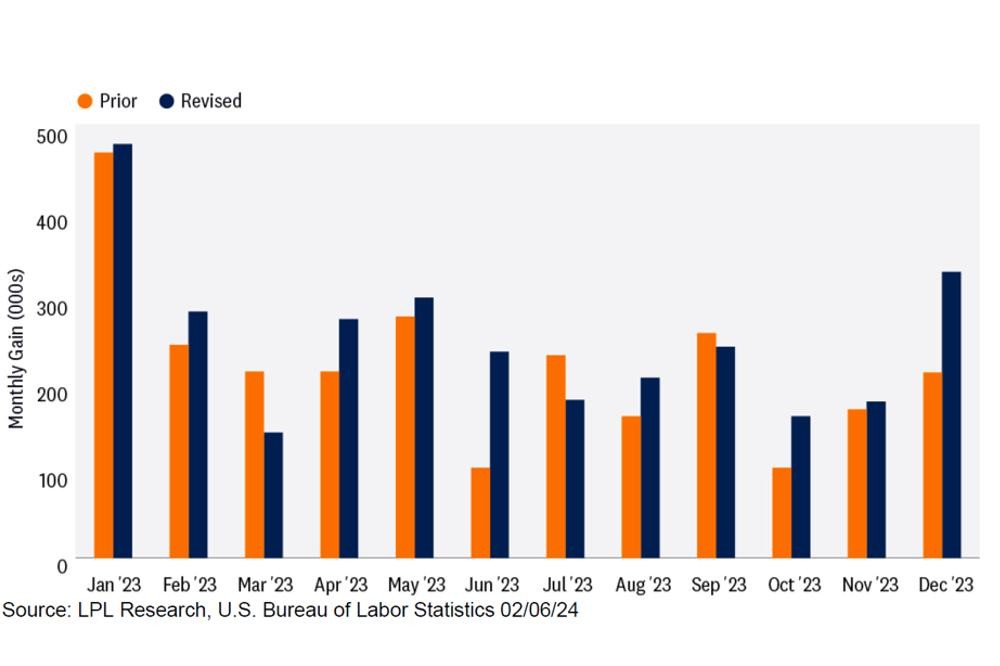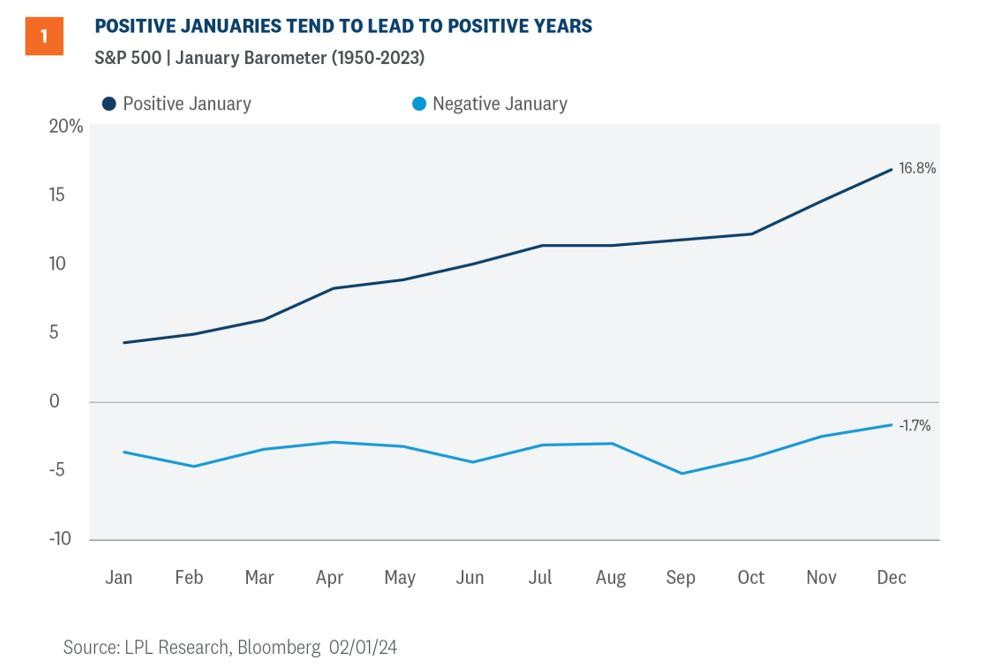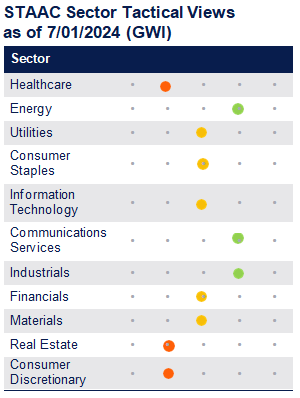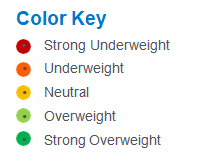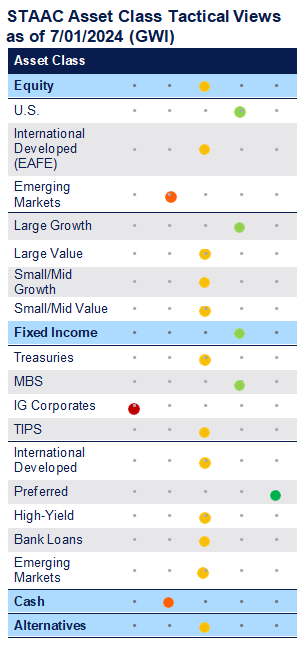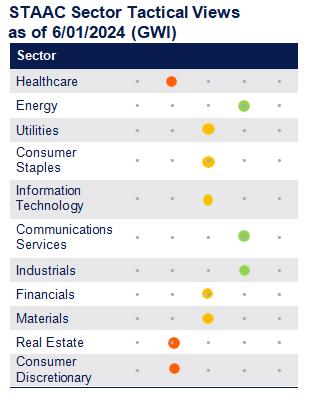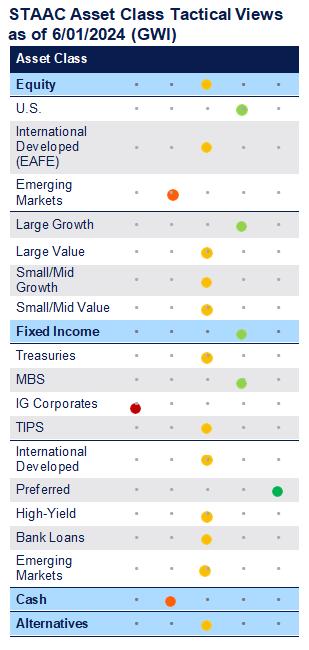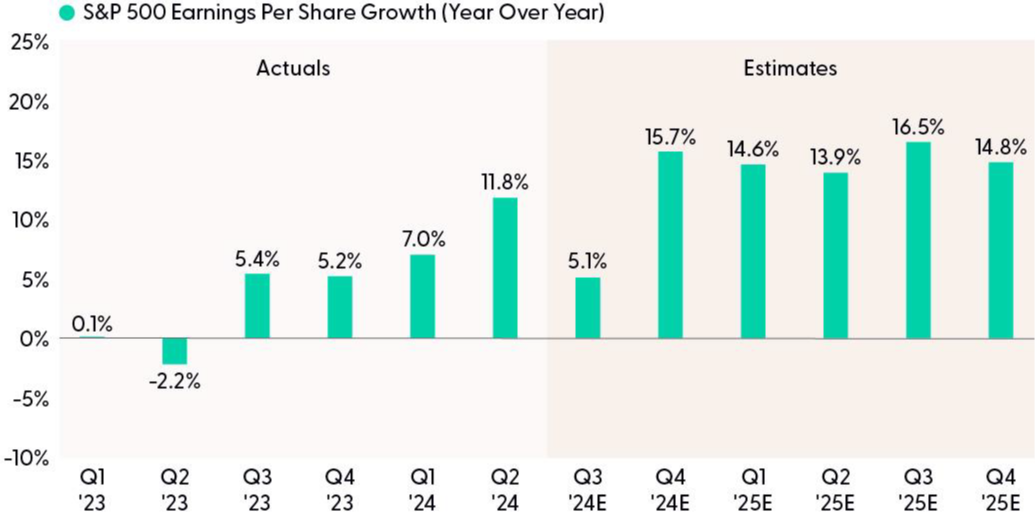Please pass the pumpkin pie—and that paperwork you’ve been putting off.
Thanksgiving is about good food, friends, family, and gratitude. But it’s also a rare pause in our busy year, a moment when everyone finally ends up in the same room. Between the laughter and the leftovers, it might be the perfect time to do something unexpectedly meaningful: talk together about the future.
The truth is, we’re all wading through life’s everyday logistics—the passwords, forms, and follow-ups that quietly eat away at our time. They never stop coming. But they don’t have to drain us or keep us isolated. When we tackle them together, they can actually connect us. Imagine turning all those little burdens into a shared act of care—updating plans, swapping insights, helping one another get things done.
Below are articles offering perspective and practical ideas for this season. They could spark the kind of conversation that matters most. And if questions come up, or you’re ready to make a few updates of your own, reach out anytime.
Thank you,
Paul Celentano


